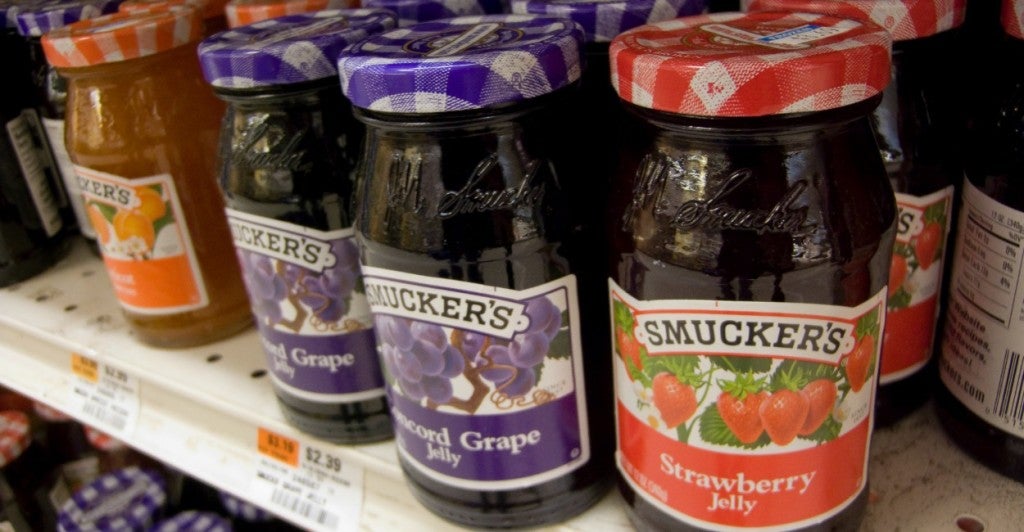Pushing the boundaries of jelly science is risky. You may sell food labeled as “jelly” only if it has a combination of two, three, four or five fruit juice ingredients pursuant to the specifications in paragraph (b)(1) of section 150.140 of title 21 of the Code of Federal Regulations.
You are free to sell a jelly that combines Dewberry, Gooseberry, Loganberry and Youngberry. The Food and Drug Administration appears to be OK with that mixture under 21 C.F.R § 150.140(b)(2). You could even sell a jelly with the same recipe that adds Boysenberry or Prickly Pear. But if you add Boysenberry and Prickly Pear, you’ve got six fruit juices, and you can’t label and sell your food as “jelly.” If you do, you’re a criminal.
You might try to feign ignorance of 21 C.F.R. § 150.140(a)–(e), but the Supreme Court established that only police can get the law wrong and not face charges. If you mistakenly think your six-fruit jelly is legal, that’s just sour grapes.
These federal regulations, under paragraph g of section 343 of Title 21 of the U.S. Code, do indeed make it a federal crime to sell a food product labeled as “jelly” unless the food meets specific definitions and standards.
Large corporations that sell jelly like Smucker’s know these rules well. But mom-and-pop vendors could mistakenly run afoul of the jelly regulations or myriad other food regulations. Consider the Food and Drug Administration’s “fight to shut down an Amish farmer who was selling fresh raw milk.” Or the 2011 federal and county raid of a raw food club in Venice, Calif., in which agents seized “computers, files, cash and $70,000 worth of perishable produce.”
Virginian farmer Martha Boneta was subjected to IRS audits after environmental groups and county officials began harassing her. She said: “There are federal regulations, state regulations, county regulations that are endless. Miles and miles and miles of red tape.” People who want to farm are “stopped before they can even get started.”
The original federal criminal code contained only a few crimes, such as treason, piracy and counterfeiting. These were crimes that every person would instinctively know and understand. It doesn’t take a corporate legal department to know that murder, arson and theft are immoral and illegal. But today we have nearly 5,000 federal criminal laws and another 300,000 or more federal criminal regulations. No reasonable person could know all the conduct that federal law criminalizes. What everyone does know is there are too many crimes to count.
That is why Heritage Scholars have highlighted the overcriminalization problem and argued for a limited mistake of law defense and a default mens rea standard to counter the sheer number and often unforeseeable nature of federal regulatory crimes that trap unwitting offenders.
